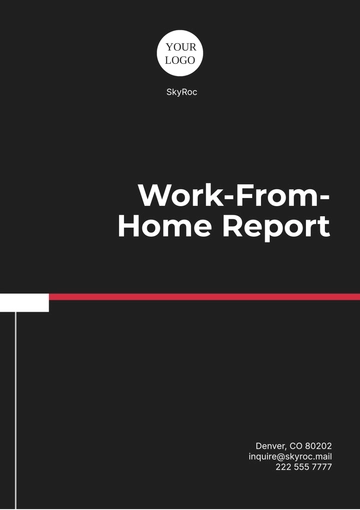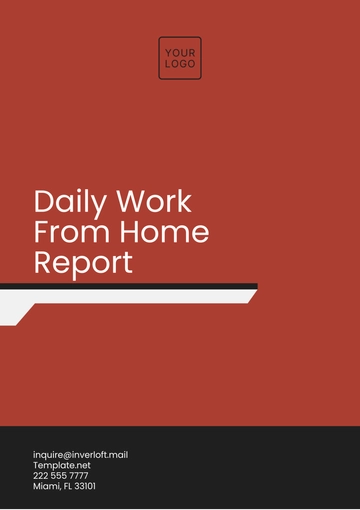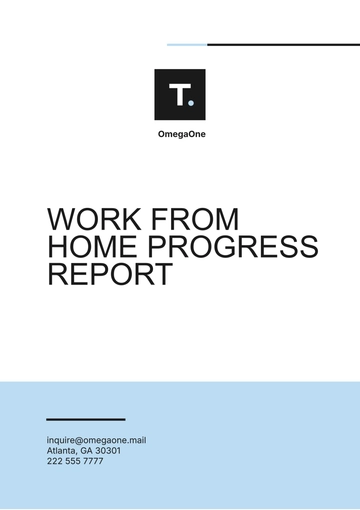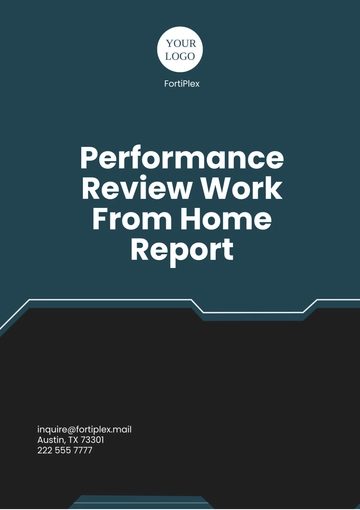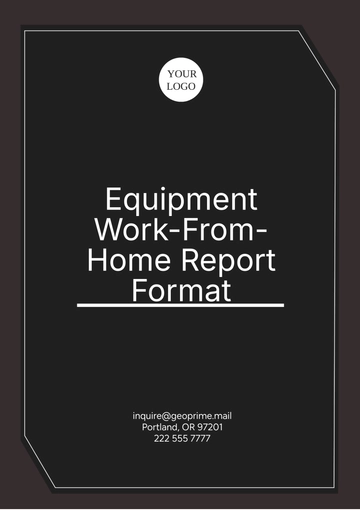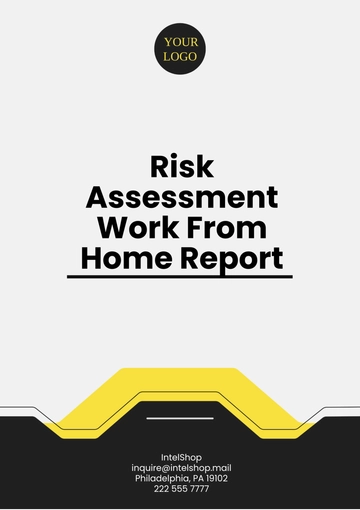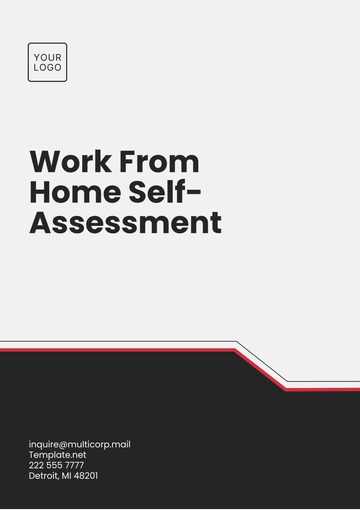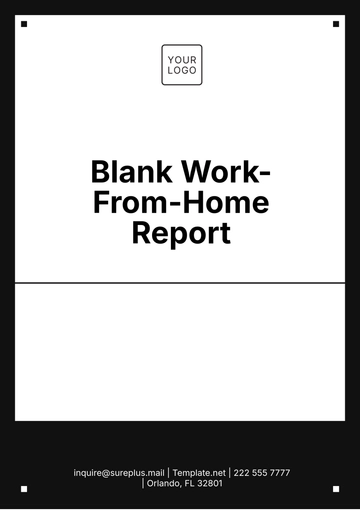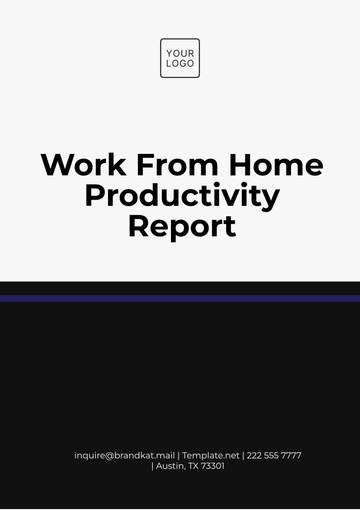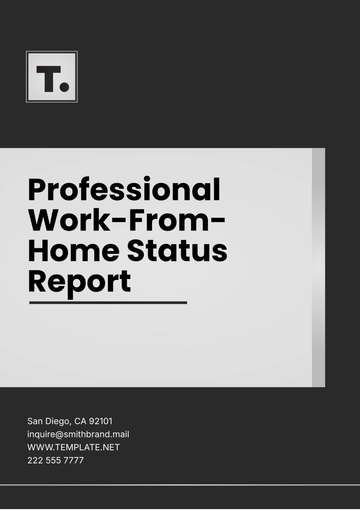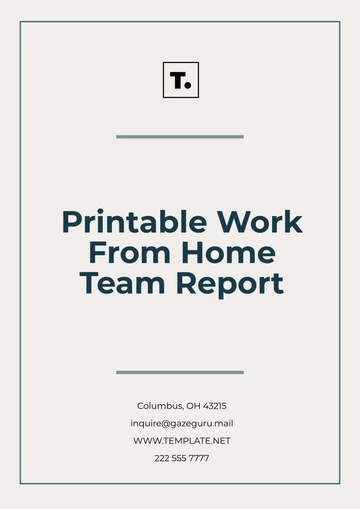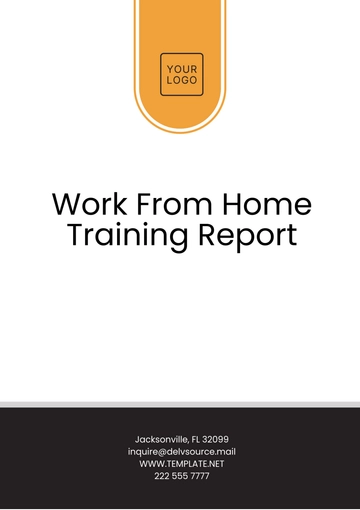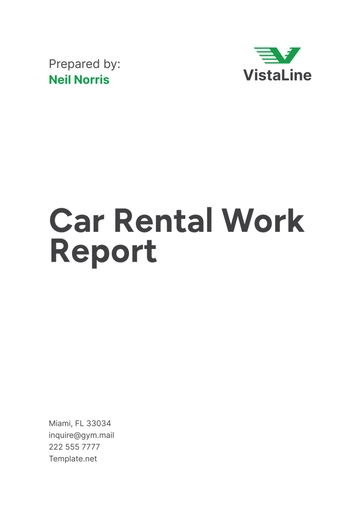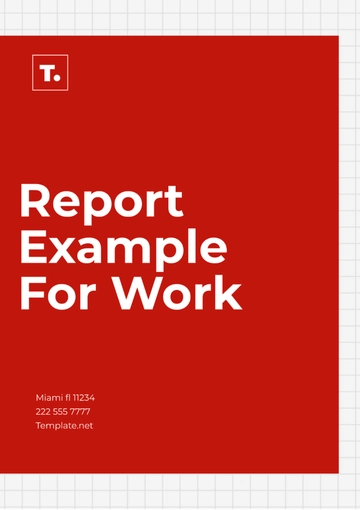Free Car Rental Work Report
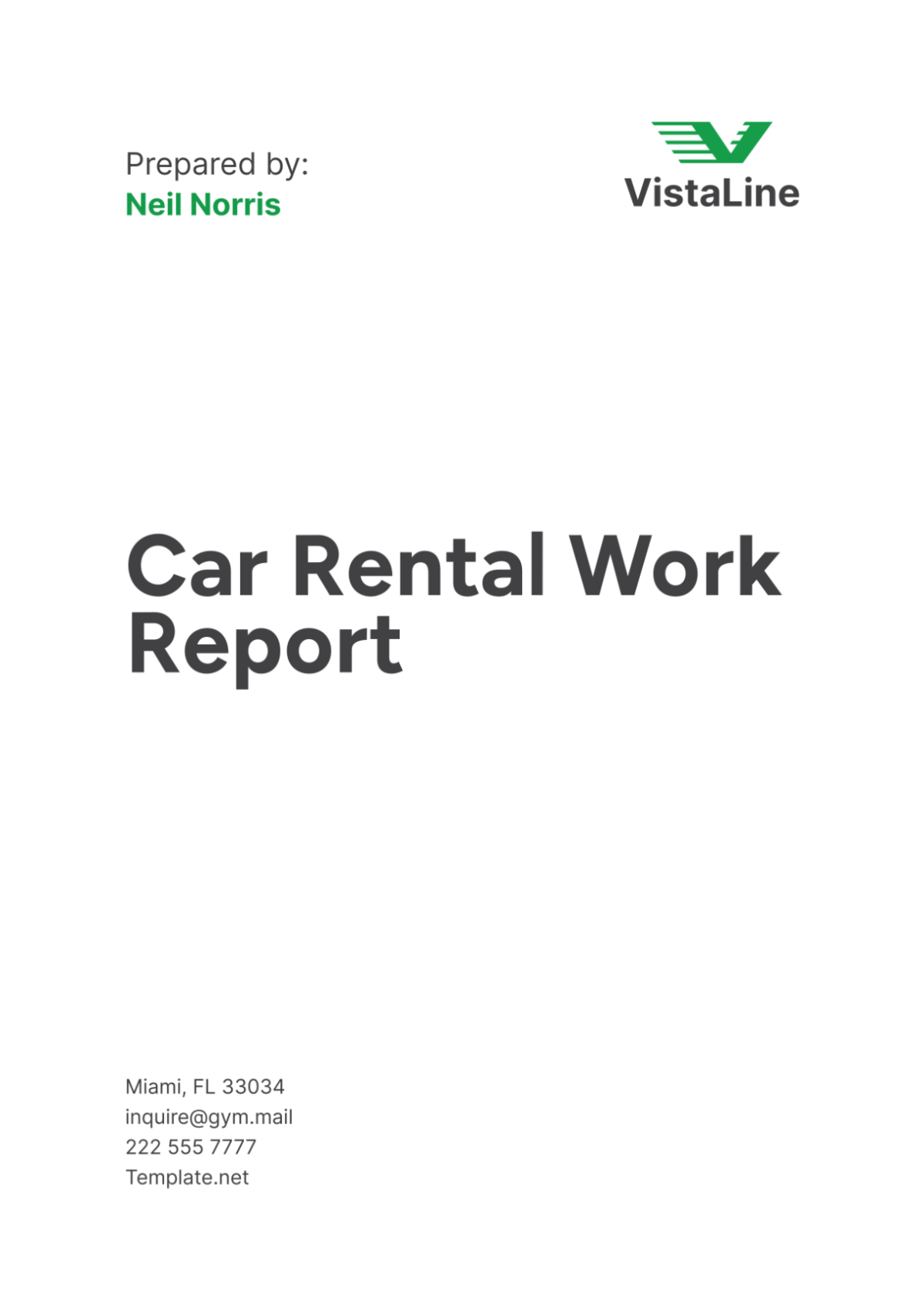
I. Overview
A. Summary of Report Purpose
This report provides a comprehensive analysis of the operations, performance, and strategic initiatives undertaken by [Your Company Name] in the car rental industry for the period covering [Month Day, Year], to [Month Day, Year]. The purpose of this report is to evaluate the efficiency of our rental fleet, customer service performance, marketing strategies, financial health, and overall business growth. The insights gained from this report will guide future decisions and strategic planning to enhance our services and maximize profitability.
B. Time Period Covered
This report covers the operations and performance metrics from [Month Day, Year], to [Month Day, Year]. It provides detailed information on various aspects of our business, including fleet status, rental operations, customer service, marketing activities, and financial performance. This period has been selected to provide a mid-year analysis and to track our progress against annual targets.
II. Rental Fleet Status
A. Total Number of Vehicles
As of [Month Day, Year], [Your Company Name] manages a diverse fleet of 500 vehicles. This fleet is carefully curated to meet the varied needs of our customers, ranging from economy cars for budget-conscious renters to luxury vehicles for those seeking premium experiences.
B. Breakdown by Type
The fleet is categorized into several types, ensuring that we cater to different market segments. The breakdown is as follows:
Vehicle Type | Number of Vehicles |
|---|---|
Economy | 150 |
Mid-size | 120 |
SUVs | 100 |
Luxury | 50 |
Vans | 80 |
This distribution reflects our strategic focus on maintaining a balanced mix of vehicles to serve a wide range of customer preferences and rental needs.
C. Current Utilization Rates
The average utilization rate across the entire fleet is 75%, indicating a healthy demand for our rental vehicles. Economy cars have the highest utilization rate at 85%, followed by SUVs at 80%, mid-size cars at 70%, luxury vehicles at 65%, and vans at 60%. These rates highlight the popularity of different vehicle types among our customers and help us optimize fleet management.
D. Vehicle Maintenance and Repairs
Scheduled Maintenance
Regular maintenance is crucial for ensuring the safety and reliability of our vehicles. During this reporting period, 300 vehicles underwent scheduled maintenance, which includes oil changes, tire rotations, brake inspections, and other essential services. This proactive approach minimizes breakdowns and enhances customer satisfaction.
Completed Repairs
In addition to scheduled maintenance, we addressed 150 repair cases, ranging from minor fixes such as windshield replacements to major repairs like engine overhauls. Our dedicated maintenance team ensures that all repairs are completed promptly and to the highest standards.
Pending Repairs
Currently, 20 vehicles are pending repairs due to parts availability or awaiting specialist attention. We are actively working to expedite these repairs to return the vehicles to service as soon as possible.
III. Rental Operations
A. Rental Activity Summary
Number of Rentals
During the first half of [Year], [Your Company Name] facilitated a total of 10,000 rentals. This high volume reflects our strong market presence and the effectiveness of our marketing and customer acquisition strategies.
Average Rental Duration
The average rental duration stands at 5 days. This metric is influenced by both short-term rentals, typically for business or leisure travel, and longer-term rentals for extended vacations or temporary vehicle replacements.
Peak Rental Times
Our data indicates that peak rental times are during holiday seasons, weekends, and special events. For instance, the months of March and June saw a significant increase in rentals due to spring break and the beginning of summer holidays.
B. Customer Demographics
Local vs. Tourist Rentals
Local customers account for 60% of our rentals, primarily seeking vehicles for business purposes or temporary replacements. Tourists make up the remaining 40%, renting vehicles for travel and exploration. This demographic split informs our marketing and service strategies.
Business vs. Personal Rentals
Business rentals constitute 55% of our overall rentals, while personal rentals account for 45%. The high proportion of business rentals underscores the importance of maintaining a fleet that meets the specific needs of corporate clients.
C. Rental Revenue
Total Revenue
For the first half of [Year], [Your Company Name] generated a total rental revenue of $2.5 million. This figure includes base rental fees, additional service charges, and insurance premiums.
Revenue Breakdown by Vehicle Type
The revenue contribution by vehicle type is detailed in the table below:
Vehicle Type | Revenue ($) |
|---|---|
Economy | 800,000 |
Mid-size | 700,000 |
SUVs | 600,000 |
Luxury | 300,000 |
Vans | 100,000 |
Economy and mid-size cars are the top revenue generators, reflecting their high utilization rates and demand.
D. Incidents and Issues
Accidents
There were 25 reported accidents during this period, ranging from minor fender-benders to significant collisions. Each incident was thoroughly investigated, and appropriate actions were taken, including repairs and customer compensation where necessary.
Customer Complaints
We received 50 customer complaints, primarily related to vehicle cleanliness, wait times, and billing discrepancies. Each complaint was addressed promptly, and corrective measures were implemented to improve our services.
Lost and Found Items
A total of 100 items were reported lost and found in our vehicles. We have a robust system in place to track and return these items to their rightful owners.
IV. Customer Service
A. Customer Feedback and Satisfaction
Survey Results
We conducted a customer satisfaction survey in [Month] [Year], receiving responses from 2,000 customers. The overall satisfaction score was 4.5 out of 5, with high ratings for vehicle quality, customer service, and ease of rental process.
Common Complaints and Praises
Common complaints included long wait times during peak hours and occasional billing errors. Praises often highlighted the professionalism of our staff, the cleanliness of our vehicles, and the convenience of our online booking system.
B. Customer Service Initiatives
New Programs or Policies
To enhance customer experience, we introduced a priority service program for frequent renters, reducing wait times and offering exclusive benefits. Additionally, we implemented a more transparent billing system to minimize discrepancies.
Training and Development for Staff
We invested in extensive training programs for our staff, focusing on customer service excellence, conflict resolution, and technical skills. This training ensures our team is well-equipped to handle a variety of customer interactions efficiently.
C. Loyalty Program Performance
Number of Loyalty Members
Our loyalty program has 5,000 active members, a 10% increase from the previous period. This growth reflects the value customers find in our program benefits and rewards.
Loyalty Program Benefits Utilized
Members frequently utilize benefits such as free upgrades, discounted rates, and priority service. These benefits drive repeat business and enhance customer loyalty.
V. Marketing and Promotions
A. Current Marketing Campaigns
Overview of Campaigns
Our current marketing campaigns focus on promoting seasonal offers, highlighting new vehicle models, and increasing brand visibility through social media and digital advertising. Key campaigns include the "Summer Road Trip Special" and "Luxury Weekend Getaway."
Effectiveness and ROI
The "Summer Road Trip Special" campaign generated a 20% increase in rentals, with a return on investment (ROI) of 150%. The "Luxury Weekend Getaway" campaign attracted high-net-worth customers, boosting our luxury vehicle rentals by 30%.
B. Promotional Activities
Discounts and Offers
We offered various discounts and special offers, such as early bird discounts, last-minute deals, and loyalty program perks. These promotions attracted a wide range of customers and increased booking rates.
Partnerships and Collaborations
We established partnerships with hotels, airlines, and travel agencies to offer bundled services and cross-promotions. These collaborations expanded our customer base and enhanced brand visibility.
C. Online and Offline Advertising
Social Media Presence
Our social media presence on platforms like Facebook, Instagram, and Twitter has grown significantly. We use these platforms to engage with customers, share updates, and run targeted ad campaigns.
Traditional Advertising Methods
We also invested in traditional advertising methods, including print ads, billboards, and radio spots. These efforts complemented our digital campaigns and reached a broader audience.
VI. Financial Performance
A. Expense Report
Operational Costs
Our operational costs for the first half of [Year] totaled $1 million. These costs include vehicle acquisition, maintenance, staffing, and utilities.
Maintenance Costs
Maintenance expenses amounted to $200,000, covering routine services, repairs, and parts replacements. This investment ensures our fleet remains in optimal condition.
Marketing Expenses
We allocated $300,000 for marketing activities, which included digital advertising, traditional media, and promotional events. This expenditure has been instrumental in driving customer acquisition and retention.
Profit and Loss Statement
Our profit and loss statement for this period shows a net profit of $1 million. The detailed breakdown is as follows:
Item | Amount ($) |
|---|---|
Total Revenue | 2,500,000 |
Operational Costs | 1,000,000 |
Maintenance Costs | 200,000 |
Marketing Expenses | 300,000 |
Net Profit | 1,000,000 |
B. Comparison with Previous Periods
Year-over-Year Analysis
Compared to the first half of [Year], our revenue increased by 15%, driven by higher rental volumes and improved fleet utilization. Operational costs remained steady, while marketing expenses saw a slight increase to support our expanded campaigns.
Month-over-Month Analysis
Month-over-month analysis reveals a steady growth trajectory, with peak performance in March and June, aligning with our peak rental times. This trend underscores the effectiveness of our marketing strategies and seasonal promotions.
VII. Future Plans and Recommendations
A. Upcoming Fleet Additions
To meet growing demand, we plan to add 50 new vehicles to our fleet in the second half of [Year]. This expansion includes a mix of economy, mid-size, and luxury vehicles to cater to diverse customer needs.
B. Planned Maintenance and Upgrades
We will continue our focus on preventive maintenance to ensure vehicle reliability and safety. Additionally, we plan to upgrade our older vehicles with modern amenities to enhance customer satisfaction.
C. Proposed Customer Service Enhancements
Future customer service initiatives include the introduction of a mobile app for seamless booking and customer support, as well as expanding our priority service program to include more benefits for loyal customers.
D. New Marketing Strategies
We aim to launch targeted marketing campaigns focusing on emerging markets and leveraging data analytics to optimize ad spending and improve ROI. Partnerships with local businesses and tourist attractions will also be pursued to enhance our service offerings.
E. Financial Goals and Projections
Our financial goals for the remainder of [Year] include achieving a 10% increase in revenue and maintaining a net profit margin of 40%. These targets will be supported by strategic investments in fleet expansion, customer service, and marketing initiatives.
VIII. Conclusion
A. Summary of Key Findings
The first half of [Year] has been a period of significant growth and achievement for [Your Company Name]. Our rental fleet is performing well, with high utilization rates and strong customer demand. Customer service satisfaction remains high, bolstered by effective training programs and new service initiatives. Our marketing efforts have successfully driven revenue growth, and our financial performance is robust.
B. Final Thoughts and Recommendations
Moving forward, it is essential to maintain our focus on fleet maintenance, customer service excellence, and innovative marketing strategies. Continued investment in these areas will ensure sustained growth and profitability. We recommend closely monitoring market trends and customer feedback to stay ahead of the competition and meet evolving customer needs.
C. Acknowledgments and Credits
We extend our gratitude to the dedicated team at [Your Company Name] whose hard work and commitment have made these achievements possible. Special thanks to the maintenance crew, customer service representatives, and marketing team for their exceptional contributions.
- 100% Customizable, free editor
- Access 1 Million+ Templates, photo’s & graphics
- Download or share as a template
- Click and replace photos, graphics, text, backgrounds
- Resize, crop, AI write & more
- Access advanced editor
Document work progress with Template.net's customizable and editable Car Rental Work Report Template. Use the AI Editor Tool to create detailed work reports. Enhance task management and transparency with this comprehensive and user-friendly template, ensuring accurate documentation of work activities.
You may also like
- Sales Report
- Daily Report
- Project Report
- Business Report
- Weekly Report
- Incident Report
- Annual Report
- Report Layout
- Report Design
- Progress Report
- Marketing Report
- Company Report
- Monthly Report
- Audit Report
- Status Report
- School Report
- Reports Hr
- Management Report
- Project Status Report
- Handover Report
- Health And Safety Report
- Restaurant Report
- Construction Report
- Research Report
- Evaluation Report
- Investigation Report
- Employee Report
- Advertising Report
- Weekly Status Report
- Project Management Report
- Finance Report
- Service Report
- Technical Report
- Meeting Report
- Quarterly Report
- Inspection Report
- Medical Report
- Test Report
- Summary Report
- Inventory Report
- Valuation Report
- Operations Report
- Payroll Report
- Training Report
- Job Report
- Case Report
- Performance Report
- Board Report
- Internal Audit Report
- Student Report
- Monthly Management Report
- Small Business Report
- Accident Report
- Call Center Report
- Activity Report
- IT and Software Report
- Internship Report
- Visit Report
- Product Report
- Book Report
- Property Report
- Recruitment Report
- University Report
- Event Report
- SEO Report
- Conference Report
- Narrative Report
- Nursing Home Report
- Preschool Report
- Call Report
- Customer Report
- Employee Incident Report
- Accomplishment Report
- Social Media Report
- Work From Home Report
- Security Report
- Damage Report
- Quality Report
- Internal Report
- Nurse Report
- Real Estate Report
- Hotel Report
- Equipment Report
- Credit Report
- Field Report
- Non Profit Report
- Maintenance Report
- News Report
- Survey Report
- Executive Report
- Law Firm Report
- Advertising Agency Report
- Interior Design Report
- Travel Agency Report
- Stock Report
- Salon Report
- Bug Report
- Workplace Report
- Action Report
- Investor Report
- Cleaning Services Report
- Consulting Report
- Freelancer Report
- Site Visit Report
- Trip Report
- Classroom Observation Report
- Vehicle Report
- Final Report
- Software Report
